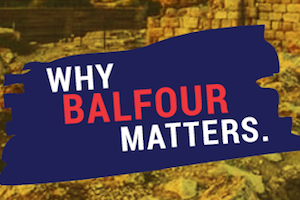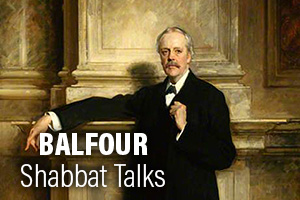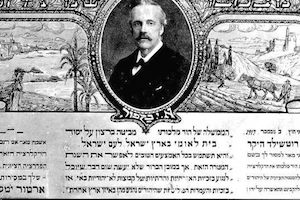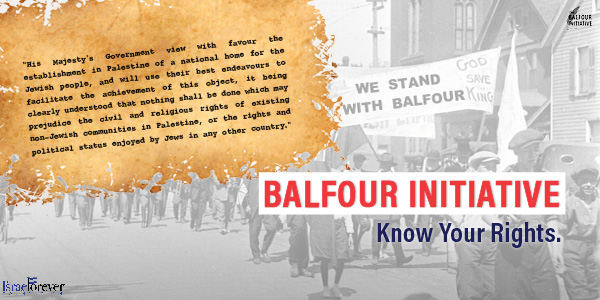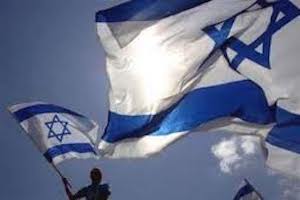Actualizing Balfour: International Connections
Palestine Mandate Coins: Design Controversy

Balfour British coins
Possessing the international authority, the British began the process of creating a new monetary system for the Palestine Mandate. The legal framework governing the creation of coinage for the Mandate was initiated by the 1927 Palestine Currency Order.
The Order specified that the standard of currency would be the Palestine Pound, which would be divided by 1,000 mils. Starting on the eve of the 10th anniversary of the Balfour Declaration (November 1, 1927), the coins were minted, as needed, to meet public demands. They would be used until the early 1950's. Selecting the design was a major challenge as religious symbols were strictly forbidden and all three official languages of the region (English, Hebrew, and Arabic) had to appear on the coins.
The design emphasized agriculture, with the olive chosen as the national symbol. A total of seven different mils denominations were minted: 1, 2, 5, 10, 20, 50, and 100. On the obverse side of the 1, 2, 50 and 100 mils coins, the design consisted of a sprig of an olive branch standing upright in the center of the unbroken coin. The remaining three denominations, the 5, 10, and 20 Mils, had a hole punched out of the center with an olive wreath wrapped around.
To conform to the Balfour Declaration, two additional Hebrew letters were added in parentheses next to the Hebrew script on the coins. These letters, the aleph and yod, were an abbreviation for Eretz Yisra'el, "The Land of Israel." This infuriated the Arab citizens who rioted in protest. Orthodox Jews were also displeased with the text as they believed only the Messiah from the house of David could reestablish the historical Kingdom of Israel. These conflicts still rage on today.

Bnai Brith International MenorahLogo
As "a token of B’nai B’riths faith in the fulfillment of the Balfour Declaration,” on October 22, 1936, the international fraternal order announced a $100,000 grant to the Jewish National Fund to purchase a 1,000-acre tract in Palestine for establishment of an agricultural colony to bear the name, “B’nai B’rith, Alfred M. Cohen Nachlah” in recognition of his service to B’nai B’rith as president as "an inspiring example of faith and confidence in the Jewish future in Palestine."

